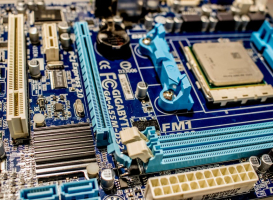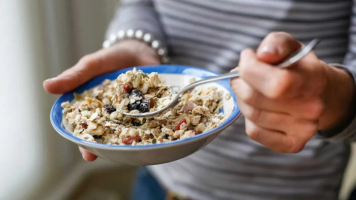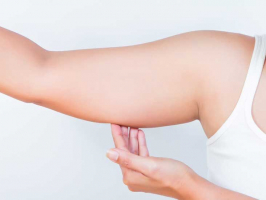Top 10 Best Ways to Measure Your Body Fat Percentage
Body fat levels fluctuate based on a variety of factors, such as sex, age, and body type. Still, body fat may be one important indicator of health, because ... read more...having too much or too little is linked to a number of health problems. If you’re curious about some ways to measure your body fat percentage, scroll down to have more information!
-
Skinfold calipers are an affordable option for measuring body fat. They are particularly useful for measuring body fat levels when other methods that call for expensive equipment or specialist training are not accessible because they're relatively simple to use.
These handheld tools pinch and measure the thickness of subcutaneous (under the skin) fat in multiple areas of the body, including the abdomen, triceps, and thigh. When using skin calipers, it is typically advised to use the 7-site measurement method, which involves taking skinfold measurements from 7 different parts of the body. However, measurements from 8 sites and 3 sites can also be used. Skinfold calipers can be an accurate method for determining body fat, according to studies, but using them does need some skill and a knowledge of anatomy. Additionally, accuracy might differ greatly depending on your body fat percentage, how you're using the calipers, and other factors.
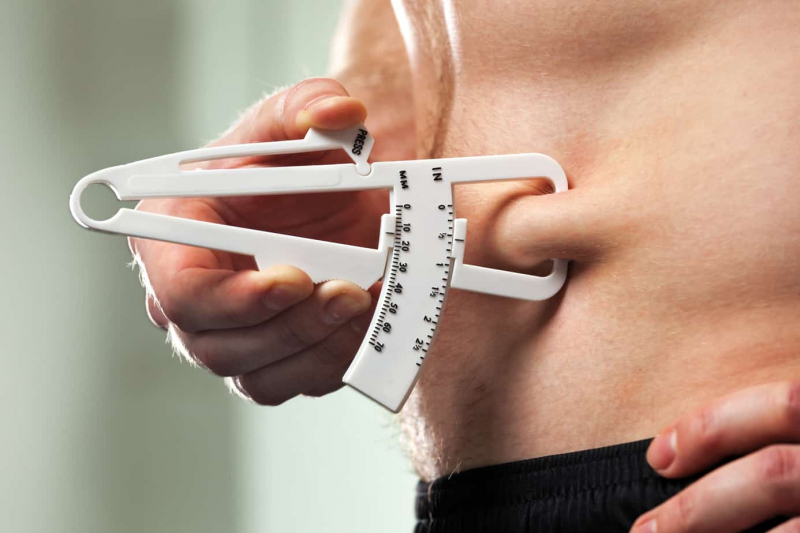
Skinfold Calipers Skinfold Calipers -
A different method of calculating body fat at home is circumference measuring (CM). With this technique, measurements are made at specific body locations using a tape measure. To calculate body fat percentage, an equation using these data is then used.
CM is regarded as an accurate way to calculate body fat. This metric is even used by the Department of Defense to calculate the body fat percentage of service members. Using a non-stretch tape measure, take circumference measurements three times at each anatomical site and record to the nearest half-inch. By sex, the measurement locations differ. In this equation, the neck and waist circumferences of men are taken into account. The hip circumference is also taken into account for women.
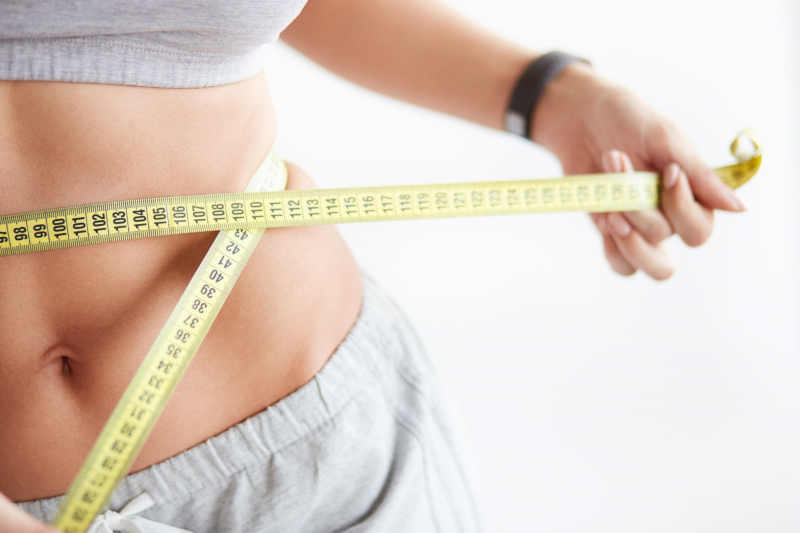
Body Circumference Measurements Body Circumference Measurements -
DXA, as the name suggests, calculates your body fat percentage using X-rays. You lay on your back for around 10 minutes during a DXA scan as an X-ray is scanned over you.
Total and regional fat, bone mineral, and bone mineral-free lean components may be measured with DXA. The technique is based on the attenuation characteristics of tissues exposed to X-rays at two peak energies. The radiation emitted by a DXA scan is quite low. It's approximately equivalent to what you would get in three hours of your typical day. DXA is also used to assess bone density and offers comprehensive data on the bone, lean mass, and fat in different parts of the body (arms, legs and torso).

Dual-Energy X-ray Absorptiometry (DXA) Dual-Energy X-ray Absorptiometry (DXA) -
One of the most accurate methods for calculating body fat is hydrostatic weighing. This technique sometimes referred to as underwater weighing or hydrodensitometry, your body's composition is calculated based on its density.
The Archimedes principle is the basis for hydrostatic underwater weighing. According to this principle, the volume of an object that is immersed in the liquid will be equal to the volume of the object. During the test, you will sit on a scale while being immersed in water. By comparing your land weight and underwater weight, an administrator will determine your body fat percentage. When an accurate measurement is required, hydrostatic weighing is frequently used on athletes, in research, and in other situations.

Hydrostatic Weighing Hydrostatic Weighing -
Air displacement plethysmography (ADP), which is similar to hydrostatic weighing, estimates your body fat percentage based on the density of your body. ADP, however, substitutes air for water.
This device can estimate your body's density based on the link between air pressure and volume. While the air pressure inside the egg-shaped chamber is changed, you sit inside it for a while. You must test while dressed in skin-tight clothes or a swimming suit to get precise measurements. Testing is rapid, safe, and highly accurate; an analysis is finished in approximately 10 minutes. But it’s typically only available at certain medical, research or fitness facilities.
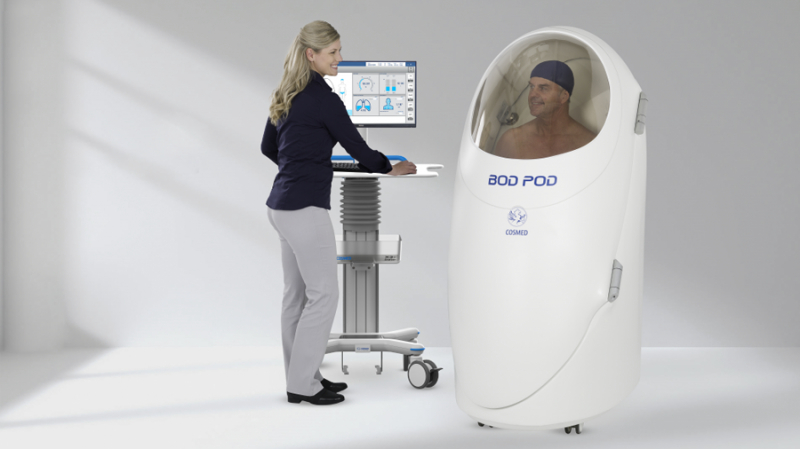
Air Displacement Plethysmography (Bod Pod) Air Displacement Plethysmography (Bod Pod) -
A method called bioelectrical impedance analysis (BIA) uses the rate at which an electrical current moves through the body to calculate body composition. Adipose tissue (body fat) produces more resistance (impedance) than lean mass, which slows the current's travel. BIA scales use bioelectrical impedance analysis to calculate the body fat percentage.
Due to the higher water content of muscle than fat, electrical currents pass through muscle more easily than through fat. Your body's reaction to electrical currents is automatically entered by the BIA device into an equation that predicts your body composition. There are various BIA devices available, and they range greatly in price, complexity, and accuracy. Most scales measure an estimate of your total fat, muscle, water, and bone in weight and percentage.
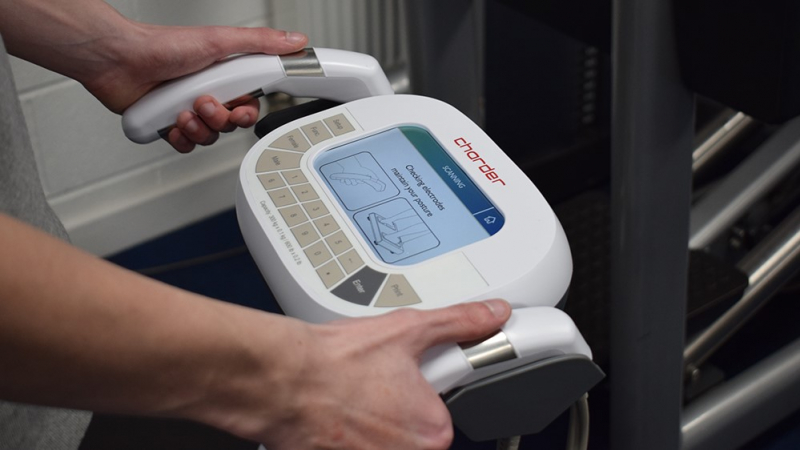
Bioelectrical Impedance Analysis (BIA) Bioelectrical Impedance Analysis (BIA) -
The accurate measure of a patient's total body water, extracellular, and intracellular fluid volumes in a clinical context is bioimpedance spectroscopy (BIS). Healthcare professionals may use this detailed data to help in the early detection, assessment, and treatment of chronic conditions.
Because both BIS and BIA measure how the body reacts to small electrical currents, they are comparable. Devices for BIS and BIA appear similar but use different technology. In addition to high and low frequencies, BIS uses a significantly greater number of electrical currents than BIA to mathematically predict your body fluid content. BIS also analyzes the information differently, some experts think that BIS is more accurate than BIA. In fact, BIS is more accurate than consumer-grade BIA devices but has a similar error rate to more advanced BIA models (3–5% fat).
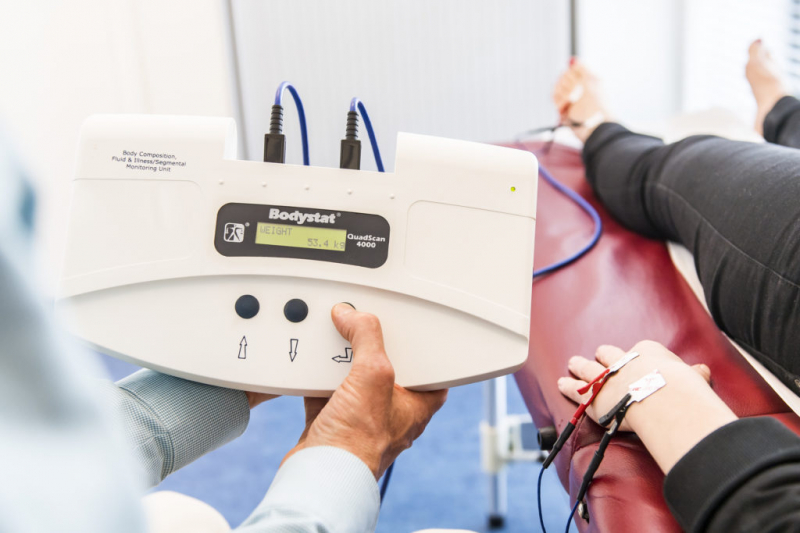
Bioimpedance Spectroscopy (BIS) Bioimpedance Spectroscopy (BIS) -
Although EIM sounds very similar to bioelectrical impedance analysis (BIA) and bioimpedance spectroscopy (BIS), EIM sends an electrical current through each muscle, whereas BIA and BIS send an electrical current through the entire body to calculate body fat percentage. EIM sends a signal through every muscle, making it possible to calculate both the regional and overall proportion of body fat.
This device and skinfold calipers are comparable in that they are both placed directly on certain body parts, but the technologies are very different. Although EIM has been available for a while, a hand-held EIM device was recently released on the market, offering a less expensive way to assess regional and overall body composition outside of a laboratory setting.
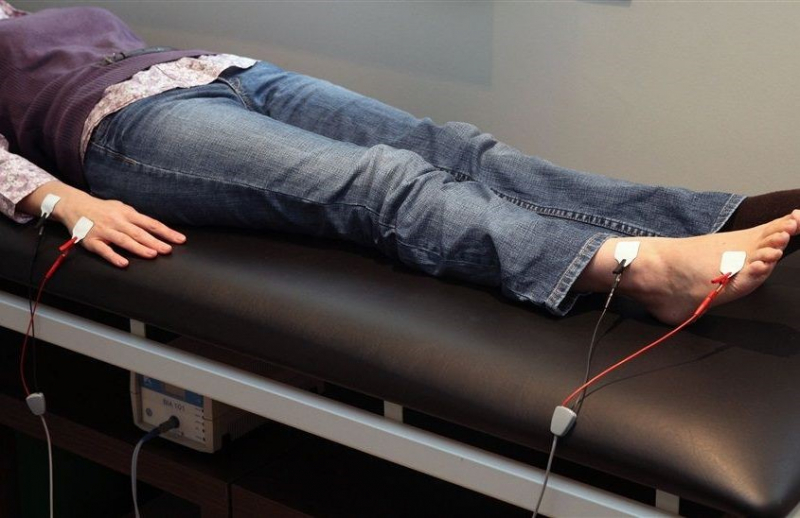
Electrical Impedance Myography (EIM) Electrical Impedance Myography (EIM) -
Detailed images of your body's form are taken using infrared sensors by 3D body scanners. A 3-D model of your body is created by the sensors. It offers a more interactive and overall picture of a user's total body composition.
Some devices need you to stand on a rotating platform while the sensors detect your body shape for a few minutes. Some devices include sensors that rotate around your body. The equations in the scanner then estimate your body fat percentage based on your body shape. The person may use the 3D avatar the scanner makes of them to view their precise measurements. Lean muscle mass and body fat percentage are two more metrics that are shown. These readings are used to create a targeted workout and diet plan.
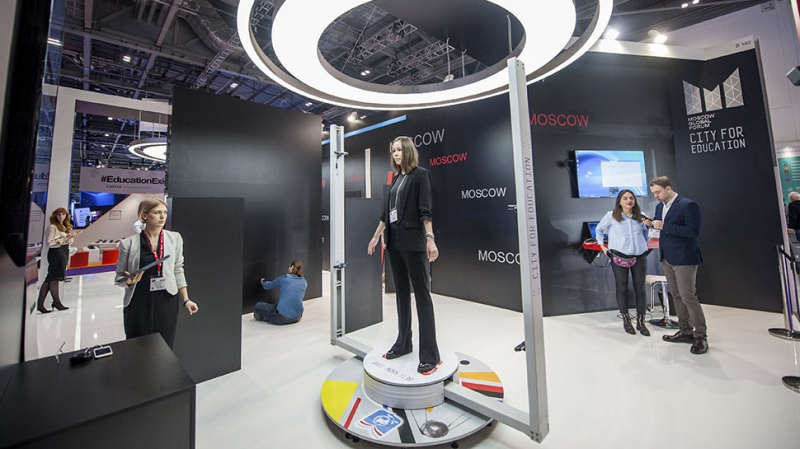
3D Body Scanners 3D Body Scanners -
The most accurate way to measure body composition is thought to be with multi-compartment models. In these models, the body is divided into three or more parts. 3-compartment and 4-compartment models are the most popular types of evaluations.
To estimate body mass, volume, water content, and bone content, these models require a number of tests. This information was compiled using some of the methods already covered in this article. For instance, body water can be determined by BIS or BIA, body volume may be measured by hydrostatic weighing or ADP, and bone content can be measured by DXA. The data from each of these methods is used to create a more comprehensive picture of the body and estimate the most accurate body fat percentage.
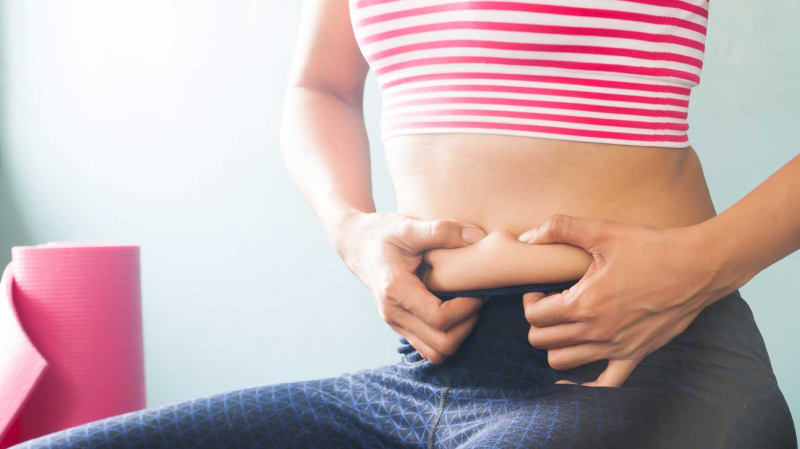
Multi-Compartment Models (the Gold Standard) Multi-Compartment Models (the Gold Standard)














